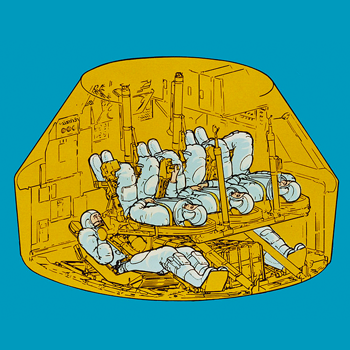What are three types of diffusion?
1 Answer
Explanation:
Simple diffusion is when ions or molecules diffuse down the concentration gradient, that means, from an area of high concentration to an area of low concentration.
Examples of simple diffusion are the gaseous exchange that occurs during photosynthesis, and the evaporation of water in plants during transpiration.
In osmosis, the particles moving are water molecules. They move from a region of low solute concentration to one of high solute concentration, across a semi-permeable membrane.
I like to think of it as the water molecules balancing out the saltiness (if the solute is salt). If there is a lot of salt in one area, the water molecules will move there to make it less salty.
Facilitated diffusion is the movement of hydrophilic molecules or ions across the plasma membrane. The difference is, the diffusion is facilitated by transport proteins (i.e. carrier proteins or pore proteins)
Remember, all three types of diffusion are forms of passive transport, and therefore don't require energy.

